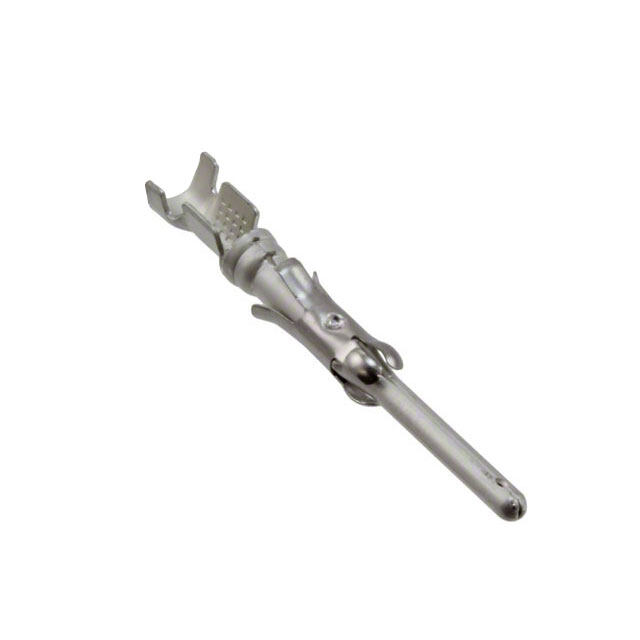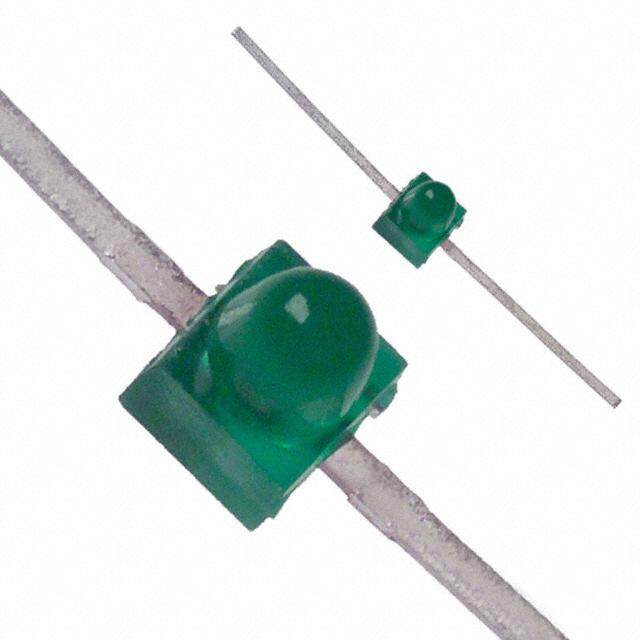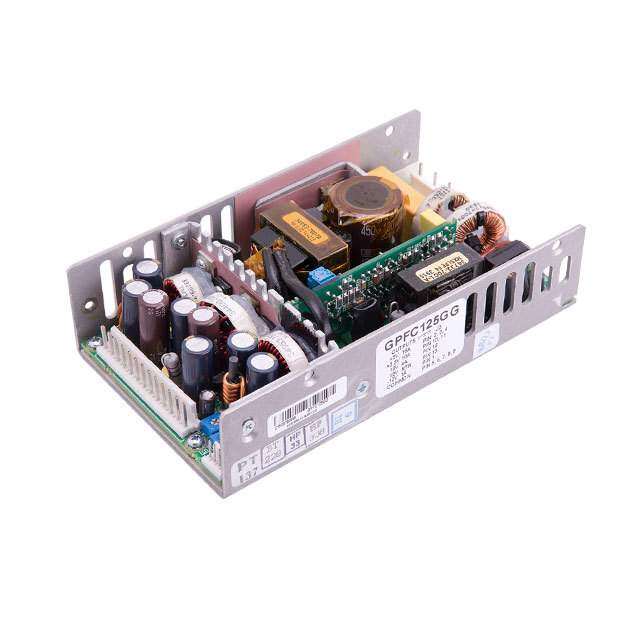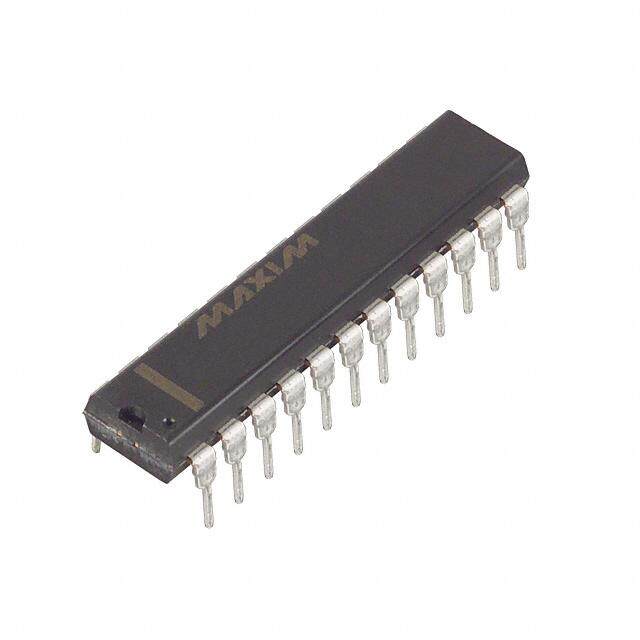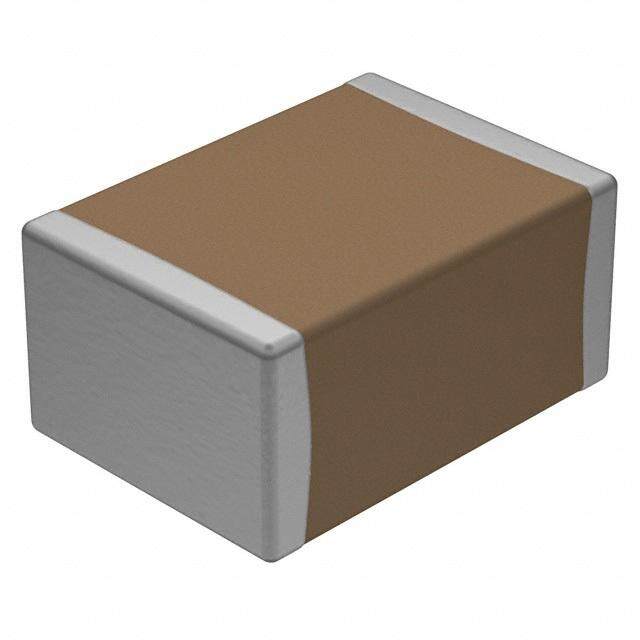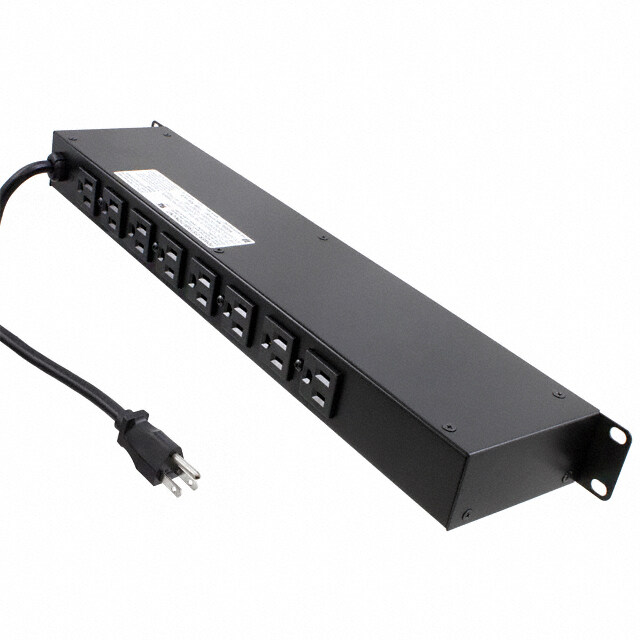ICGOO在线商城 > 28034
- 型号: 28034
- 制造商: Parallax
- 库位|库存: xxxx|xxxx
- 要求:
| 数量阶梯 | 香港交货 | 国内含税 |
| +xxxx | $xxxx | ¥xxxx |
查看当月历史价格
查看今年历史价格
28034产品简介:
ICGOO电子元器件商城为您提供28034由Parallax设计生产,在icgoo商城现货销售,并且可以通过原厂、代理商等渠道进行代购。 提供28034价格参考¥23.99-¥23.99以及Parallax28034封装/规格参数等产品信息。 你可以下载28034参考资料、Datasheet数据手册功能说明书, 资料中有28034详细功能的应用电路图电压和使用方法及教程。
| 参数 | 数值 |
| 产品目录 | |
| 描述 | INFRARED LINE FOLLOWER KIT |
| 产品分类 | |
| 品牌 | Parallax Inc |
| 数据手册 | |
| 产品图片 |
|
| 产品型号 | 28034 |
| rohs | 无铅 / 符合限制有害物质指令(RoHS)规范要求 |
| 产品系列 | - |
| 传感器类型 | 红外线 |
| 其它名称 | 28034PAR |
| 标准包装 | 1 |
| 输出类型 | 逻辑 |

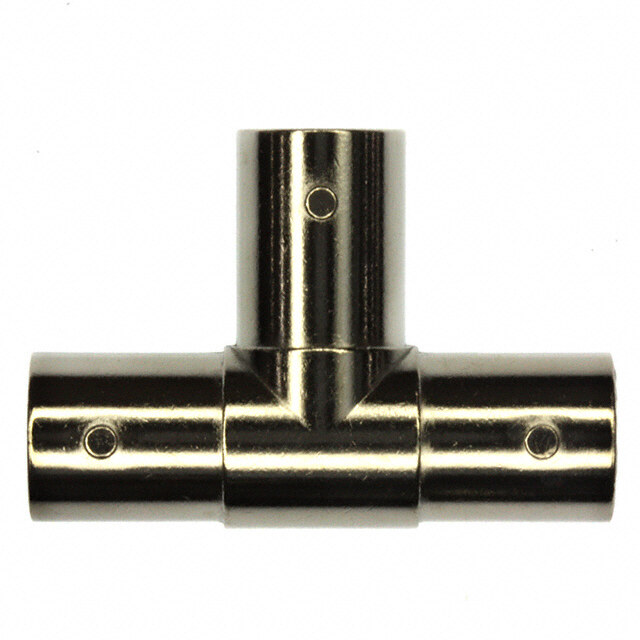

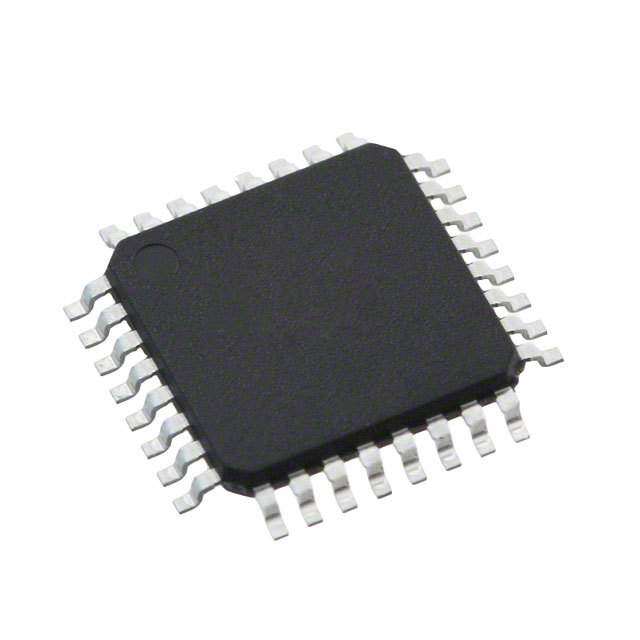





- 商务部:美国ITC正式对集成电路等产品启动337调查
- 曝三星4nm工艺存在良率问题 高通将骁龙8 Gen1或转产台积电
- 太阳诱电将投资9.5亿元在常州建新厂生产MLCC 预计2023年完工
- 英特尔发布欧洲新工厂建设计划 深化IDM 2.0 战略
- 台积电先进制程称霸业界 有大客户加持明年业绩稳了
- 达到5530亿美元!SIA预计今年全球半导体销售额将创下新高
- 英特尔拟将自动驾驶子公司Mobileye上市 估值或超500亿美元
- 三星加码芯片和SET,合并消费电子和移动部门,撤换高东真等 CEO
- 三星电子宣布重大人事变动 还合并消费电子和移动部门
- 海关总署:前11个月进口集成电路产品价值2.52万亿元 增长14.8%
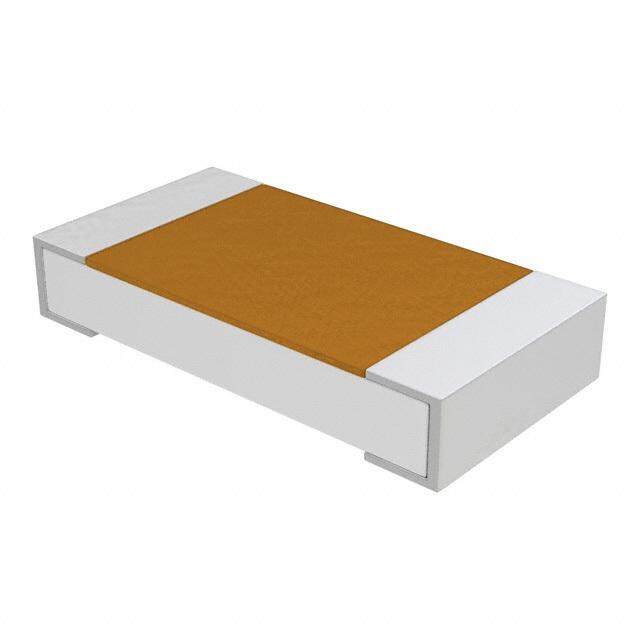


PDF Datasheet 数据手册内容提取
Web Site: www.parallax.com Office: (916) 624-8333 Forums: forums.parallax.com Fax: (916) 624-8003 Sales: sales@parallax.com Sales: (888) 512-1024 Technical: support@parallax.com Tech Support: (888) 997-8267 Infrared Line Follower Kit (#28034) The Infrared Line Follower Kit from Parallax provides eight infrared emitter and receiver pairs for high- precision line-following applications. Mounting hardware for both the Boe-Bot® and Stingray™ robots are also included for easy startup. All IR frequency generation is done onboard using an ICM7555 chip, requiring no external signaling. This allows for simple interfacing to the Infrared Line Follower, since the user only needs to read the state of each IR receiver to detect white or black surfaces. An “Enable” pin is also included which when pulled low puts the Infrared Line Follower into low-power mode. Features Compatible with both the Boe-Bot and Stingray robots from Parallax Onboard 3 V regulator for easy use with Propeller-powered robots Easily adjust 38–43 kHz IR frequency using an onboard potentiometer (See Calibration, page 8) Onboard LEDs for instant line detection communication High immunity to ambient lighting conditions Mounting hardware included No external signaling required Key Specifications Power Requirements: 3.3– 5.5 VDC; maximum 35 mA working, 30 µA when disabled Communication: Single bit high/low output for each IR emitter/receiver pair Operating temp: 32 to 140 °F (0 to 50 °C) Dimensions: 3.03 x 1.33 in (7.7 x 3.4 cm) Application Ideas Line following Maze navigation Robotic contests Detect line stripe width Edge detection Copyright © Parallax Inc. Infrared Line Follower Kit (#28034) v1.0 1/18/2011 Page 1 of 9
Bill of Materials Part # Quantity Description - 1 Infrared Line Follower PCB - 2 10” 4-pin female/female cables - 1 10” 3-pin female/female cable - 2 4-pin male/male headers - 1 3-pin male/male header 710-00007 2 7/8" 4-40 pan-head screws 700-00028 2 1/4" 4-40 pan-head screws 700-00060 2 1" round standoffs 713-00007 2 1/2" round spacers 700-00003 2 4-40 x 3/8" nuts Additional Items Required #2 Philips-head screwdriver Black 3/4" electrical tape White poster board Resources and Downloads Check for the latest version of this document, free software, and example programs from the Infrared Line Follower Kit product page. Go to www.parallax.com and search 28034. Theory of Operation Upon connecting power, the onboard ICM7555 chip begins sending a 38–43 kHz signal through all 8 IR LEDs. If the IR LED is over a white surface, light is reflected to the IR receiver, and its output is low. When the IR LED is over a black surface, no light is reflected to the IR receiver, and its output is high. The voltage regulator included on the PCB limits the power to the Infrared Line Follower’s circuitry to 3 V. This means that a 5 V supply can safely be used with microcontrollers operating at 3.3 V. Red LEDs located on the top of the board are wired to the output of each IR receiver, and the anode of each LED is connected to power. When the IR LED is over a white surface, the low signal completes the LED circuit and turns the LED on. Conversely, when the IR LED is over a black surface, the LED receives dual high signals and the LED is off. This allows for easy visual feedback of the Infrared Line Follower’s output states. An onboard potentiometer also allows for the easy adjustment of the infrared frequency between 38 and 43 kHz. This allows the sensor to detect different colored lines, and also allows for the easy adjustment of the sensor to different lighting conditions or mounting positions. For more information on how to calibrate the sensor, see the Calibration section on page 8. To isolate each IR senor and prevent false triggering, headers are placed between each IR emitter and receiver pair. Copyright © Parallax Inc. Infrared Line Follower Kit (#28034) v1.0 1/18/2011 Page 2 of 9
Quick-Start Guide Before using the Infrared Line Follower, it’s a good idea to test the sensor’s responsiveness in the area intended for use. This section includes instructions for mounting and testing the Infrared Line Follower on your Boe-Bot or Stingray robot, as well as for calibrating it in your lighting conditions. In order to use the example code below, you will need a strip of black electrical tape on white paper. Boe-Bot Assembly Instructions To mount the Infrared Line Follower on your Boe-Bot robot, you will need the following materials: (2) 7/8" 4-40 pan-head screws (2) 1/4" 4-40 pan-head screws (2) 1" round standoffs (2) 1/2" round spacers Step 1 Insert the 7/8" screws through the top of the Boe- Bot chassis through the left and right slots at the front. Step 2 On the underside of the chassis, slip on the 1/2" unthreaded spacer on each screw, followed by the 1" standoff. Don’t tighten the standoff completely to allow for easier alignment of the Infrared Line Follower’s mounting holes in the next step. Copyright © Parallax Inc. Infrared Line Follower Kit (#28034) v1.0 1/18/2011 Page 3 of 9
Step 3 Align the threaded standoffs with the mounting holes on the Infrared Line Follower and use the 1/4" screws to secure the sensor to the screws. The Infrared Line Follower should be facing downward, with the headers pointing toward the tail wheel. Stingray Assembly Instructions To mount the Infrared Line Follower on your Stingray, you will need the following materials: (2) 7/8" 4-40 pan-head screws (2) 1/2" round spacers (2) 4-40 x 3/8" nuts Step 1 Remove the front Stingray plate and insert the 7/8" screws through the top of the chassis through the front slot. Copyright © Parallax Inc. Infrared Line Follower Kit (#28034) v1.0 1/18/2011 Page 4 of 9
Step 2 On the underside of the chassis, slip on the 1/2" unthreaded spacer on each screw. Step 3 Align the screws with the mounting holes on the Infrared Line Follower and use the nuts to secure the sensor to the screws. The Infrared Line Follower should be facing downward, with the headers pointing toward the tail wheel. Pin Definitions Pin Name Type Function 1 GND G Ground -> 0V 2 Vdd P Supply Voltage 3 EN I Enable pin, pull low for low-power mode 4 OUT0 O Output state of IR receiver 0 5 OUT1 O Output state of IR receiver 1 6 OUT2 O Output state of IR receiver 2 7 OUT3 O Output state of IR receiver 3 8 OUT4 O Output state of IR receiver 4 9 OUT5 O Output state of IR receiver 5 10 OUT6 O Output state of IR receiver 6 11 OUT7 O Output state of IR receiver 7 Pin Type: P = Power, G = Ground, I = Input, O = Output Copyright © Parallax Inc. Infrared Line Follower Kit (#28034) v1.0 1/18/2011 Page 5 of 9
Quick-Start Circuit The circuit pictured can be used with the example code below, as well as for the line following code included at the end of this document. Note: In order to use this sensor with the Stingray, you will need to bypass the voltage translators on the Propeller Robot Control Board. The Infrared Line Follower has a 3 V onboard regulator, and the Propeller Robot Control Board’s translators will interfere with signals coming from the sensor. For instructions on how to disable the translators, see the documentation available on the Propeller Robot Control Board’s product page. Go to www.parallax.com and search 28230. Figure 1: Infrared Line Follower Quick-Start Circuit BASIC Stamp 2 Example Code The program InfraredLineFollower_Simple.bs2 will test the Infrared Line Follower sensors before they’re used in a line-following application. Follow the instructions below to test that all 8 sensors are working correctly. Affix a 3/4" piece of electrical tape on a white piece of paper. Enter & run InfraredLineFollower_Simple.bs2 (below). Place sensor S0 over the electrical tape and the other sensors over the white paper. The Debug Terminal should read %00000001 and the S0 LED should be off. Repeat this process until all eight sensors are tested. If your sensor doesn’t display a logical 1 when over a black surface and a logical 0 when over a white surface, check your connections and/or try adjusting the frequency in the Calibration section on page 8. Copyright © Parallax Inc. Infrared Line Follower Kit (#28034) v1.0 1/18/2011 Page 6 of 9
' InfraredLineFollower_Simple.bs2 ' Displays output states of the Infrared Line Follower using the Debug Terminal. ' {$STAMP BS2} ' {$PBASIC 2.5} state VAR Byte DO state = INL ' Read input state of pins 0-7 DEBUG HOME, "state = %", BIN8 state ' Display states on Debug Terminal LOOP Propeller P8X32A Example Code The program below will test the Infrared Line Follower sensors before they’re used in a line-following application. Follow the instructions below to test that all 8 sensors are working correctly. Affix a 3/4" piece of electrical tape on a white piece of paper. Enter & run InfraredLineFollower_Simple.spin. Place S0 over the electrical tape, and the other sensors over the white paper. The Parallax Serial Terminal should read %00000001 and the S0 LED should be off. Repeat this process until all eight sensors are tested. If your sensor doesn’t display a logical 1 when over a black line and logical 0 when over a white line, check your connections and/or try adjusting the frequency in the Calibration section on page 8. '' InfraredLineFollower_Simple.spin '' Displays output states of the Infrared Line Follower using the Parallax Serial Terminal. _clkmode = xtal1 + pll16x _xinfreq = 5_000_000 VAR byte state OBJ pst : "Parallax Serial Terminal" PUB Main outa[0..7]~ ' Sets pins 0-7 as input pst.start(115_200) ' Initialize Parallax Serial Terminal waitcnt(clkfreq + cnt) repeat state := ina[7..0] ' Read the states of pins 0-7 pst.home ' Set cursor to upper left corner pst.bin(state, 8) ' Display states in PST waitcnt(clkfreq/200 + cnt) Copyright © Parallax Inc. Infrared Line Follower Kit (#28034) v1.0 1/18/2011 Page 7 of 9
Calibration Different lighting conditions, mounting positions or changes in temperature may require different frequency settings. For this reason, the Infrared Line Follower has a user selectable infrared frequency range of 38-43 kHz using an onboard potentiometer. If you are having problems reading a line when running the test code, place all IR detectors over a black surface and gently adjust the onboard potentiometer until all eight red LEDs are off. Note: A small flathead screwdriver is required to adjust the frequency range. The Parallax screwdriver included in the Boe-Bot and Stingray robot kits is usually sufficient. Boe-Bot Robot Line Following Code The code below can be used for simple Boe-Bot line following applications, and is compatible with the circuit shown in Figure 1. Keep in mind that this is not the most robust line following code, which can and should be expanded to better fit your needs. ' InfraredLineFollower_BoeBot.bs2 ' Simple line following Boe-Bot code using the Infrared Line Follower. ' {$STAMP BS2} ' {$PBASIC 2.5} DO SELECT INL ' Select line follower states CASE %11000000, %11100000 ' Pivot right PULSOUT 13, 650 PULSOUT 12, 650 CASE %01100000, %01110000 ' Curve right PULSOUT 13, 700 PULSOUT 12, 650 CASE %00110000 ' Slight right PULSOUT 13, 750 PULSOUT 12, 650 CASE %00111000 ' Adjust right PULSOUT 13, 800 PULSOUT 12, 650 CASE %00011000 ' Straight PULSOUT 13, 850 PULSOUT 12, 650 CASE %00011100 ' Adjust left PULSOUT 13, 850 PULSOUT 12, 700 CASE %00001100 ' Slight left PULSOUT 13, 850 PULSOUT 12, 750 CASE %00000110, %00001110 ' Curve left PULSOUT 13, 850 PULSOUT 12, 800 CASE %00000011, %00000111 ' Pivot left PULSOUT 13, 850 PULSOUT 12, 850 ENDSELECT LOOP Copyright © Parallax Inc. Infrared Line Follower Kit (#28034) v1.0 1/18/2011 Page 8 of 9
Stingray Robot Line Following Code The line following code included below is ideal for longer courses with wide-radius turns, and is compatible with the circuit shown in Figure 1. This code was written to be used as a skeleton for higher-precision line following applications using PID and/or other control algorithms. '' InfraredLineFollower_Stingray.spin '' Simple line following code compatible with the Parallax Stingray Robot, best used '' on longer courses with wide-radius turns CON _clkmode = xtal1 + pll16x _xinfreq = 5_000_000 MotorA = 25 ' Motor A connected to P25 MotorB = 26 ' Motor B connected to P26 VAR byte DutyCycleA, DutyCycleB, state OBJ PWM : "PWM_32_V2.spin" PUB Main PWM.Start ' Start PWM object dira[7..0]~ ' Set pins 7..0 as input repeat state := ina[7..0] ' Set input states to variable state case state %00000011, %00000001, %00000010: ' Pivot left DutyCycleA := 65 DutyCycleB := 0 %00000111, %00000110, %00000100: ' Slight left DutyCycleA := 60 DutyCycleB := 0 %00001110, %00001100: ' Adjust left DutyCycleA := 55 DutyCycleB := 0 %00011100, %00011000, %00111000: ' Straight DutyCycleA := DutyCycleB := 50 %01110000, %00110000: ' Adjust right DutyCycleA := 0 DutyCycleB := 55 %11100000, %01100000, %0010000: ' Slight right DutyCycleA := 0 DutyCycleB := 60 %11000000, %01000000, %10000000: ' Pivot right DutyCycleA := 0 DutyCycleB := 65 other: ' Anything else, slowly move forward DutyCycleA := DutyCycleB := 20 PWM.Duty(MotorA, DutyCycleA, 50) ' Adjust motor speeds PWM.Duty(MotorB, DutyCycleB, 50) Copyright © Parallax Inc. Infrared Line Follower Kit (#28034) v1.0 1/18/2011 Page 9 of 9
Mouser Electronics Authorized Distributor Click to View Pricing, Inventory, Delivery & Lifecycle Information: P arallax: 28034

 Datasheet下载
Datasheet下载